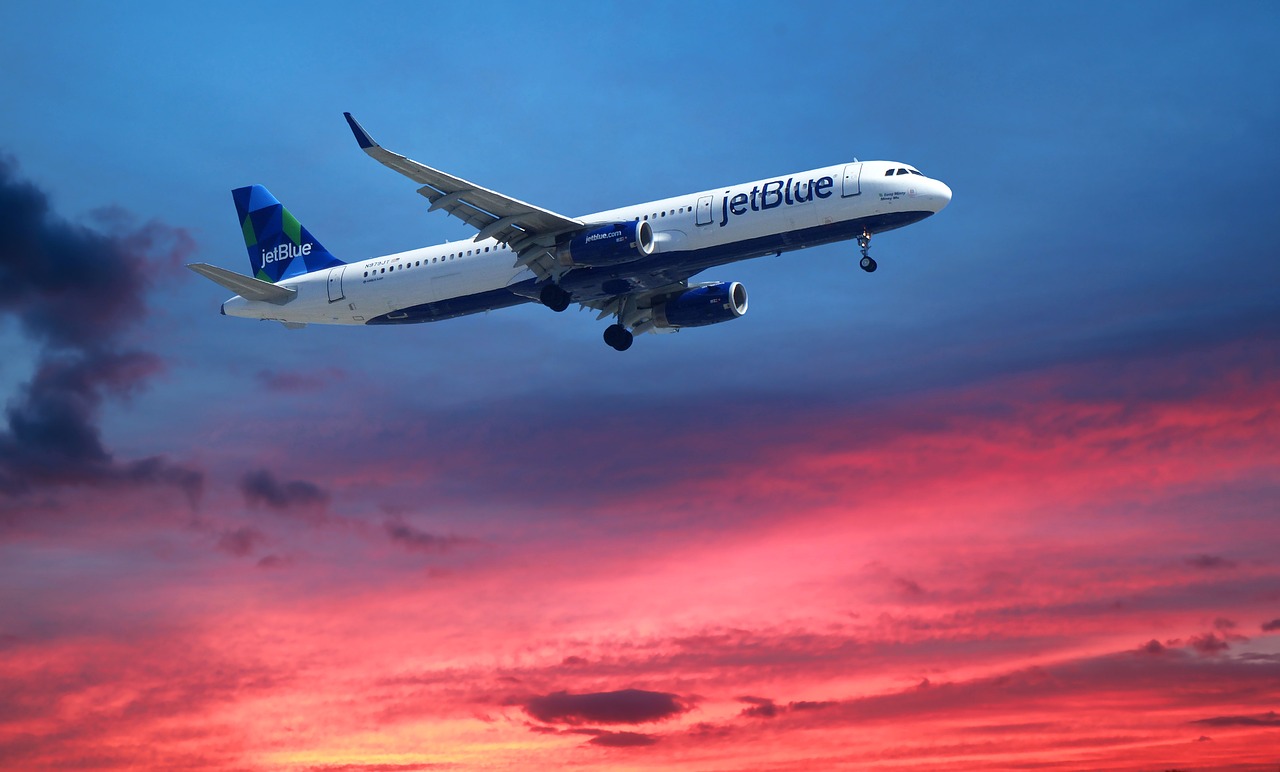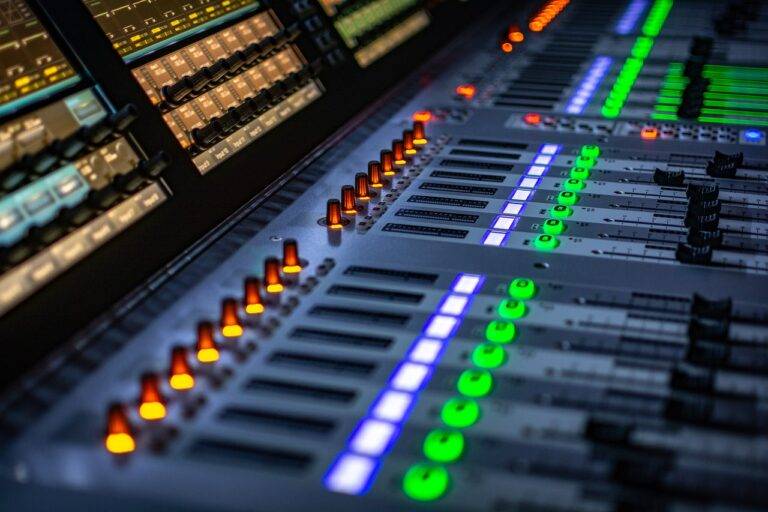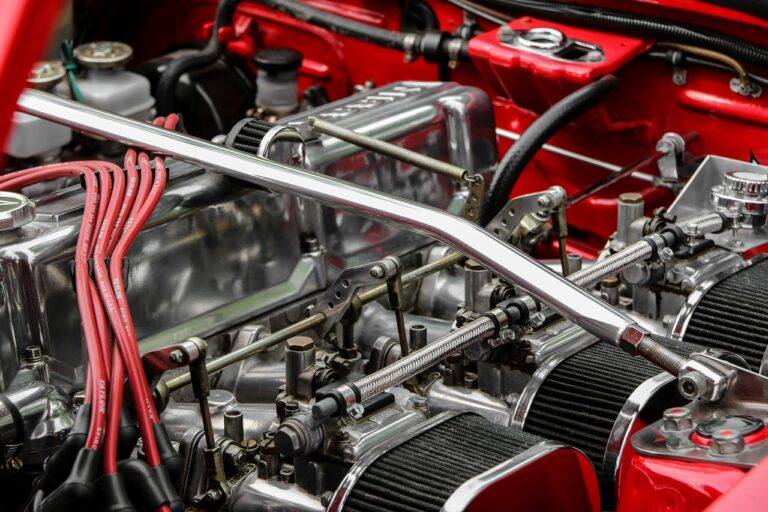The Future of Tech in Aviation
One significant challenge in aviation technology is the integration of unmanned aerial vehicles (UAVs) into the airspace. As the use of drones continues to rise for various applications, ensuring their safe coexistence with traditional manned aircraft poses complex technical and regulatory hurdles. The development of sophisticated sense-and-avoid systems and communication protocols is crucial to prevent potential collisions and maintain the overall safety of the airspace.
Another pressing challenge is the need to enhance cybersecurity measures within aviation systems. With the increasing digitalization and connectivity of aircraft systems, there is a growing risk of cyber attacks that could compromise the safety and operations of aircraft. Ensuring robust cybersecurity protocols and systems is essential to protect against potential threats and vulnerabilities in an increasingly interconnected aviation environment.
Advancements in Aircraft Design
New materials and technologies have revolutionized aircraft design in recent years, leading to more efficient and eco-friendly planes. For instance, the introduction of composite materials has significantly reduced the weight of aircraft while maintaining structural integrity. This has not only improved fuel efficiency but also enhanced the overall performance of airplanes.
Additionally, advancements in aerodynamics have played a crucial role in shaping modern aircraft design. Engineers now have a better understanding of airflow dynamics, allowing them to create sleeker and more aerodynamic planes. By reducing drag and increasing lift, these design improvements have led to faster and more fuel-efficient aircraft that are capable of reaching greater distances.
What are some of the challenges in aviation technology?
Some challenges in aviation technology include improving fuel efficiency, reducing emissions, enhancing safety measures, and designing aircraft that are more environmentally friendly.
How have advancements in aircraft design addressed these challenges?
Advancements in aircraft design have included the development of more aerodynamic shapes, lightweight materials, improved engine technology, and advanced computer systems for better navigation and control. These advancements have helped to increase fuel efficiency, reduce emissions, enhance safety, and improve overall performance.
What role does sustainability play in aircraft design advancements?
Sustainability is a key factor in aircraft design advancements, with a focus on reducing environmental impact through the use of alternative fuels, more efficient engines, and lightweight materials. By integrating sustainable practices into aircraft design, the aviation industry can work towards a more eco-friendly future.
How do advancements in aircraft design benefit passengers?
Advancements in aircraft design benefit passengers by improving overall safety, comfort, and efficiency during air travel. From quieter cabins to smoother flights and faster travel times, these advancements enhance the overall passenger experience.





